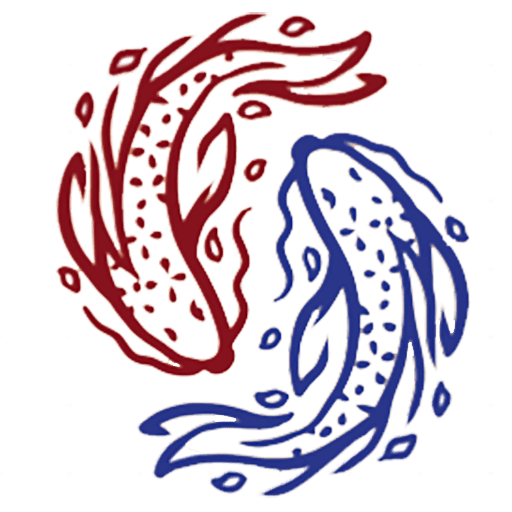This page pulls out our most relevant information about Evolution. We will share what evolution is, using simple examples. We will explain the evolutionary processes that evolution has always been based, how everything evolves, the driving forces behind that evolution, some of the theories created along human history to explain this phenomenon. Finally, the evidence that supports this theory to this day and age. We tried to present this information as digestible as possible. So you can understand it easily and become a master of evolution, even if you don’t like it!
At the end of this page, as always, you will find a complete list of all articles we created about evolution.
Let’s go!
What Is Evolution?
Evolution simply means a change in some characteristics, but this does not mean that they are always positive, these characteristics are inherited by the progeny over successive generations of biological populations. Even though we always associate evolution with positiveness, this is not true at all. There is a randomness of generated heritable characteristics.
They can, be neutral, which means they don’t affect the capacity of the organism to survive or reproduce. These characteristics can be positive, this means, that the organism is better adapted to the environment than others, so it survives. And can be negative, meaning the organism is worse adapted than other organisms. Evolutionary processes, such as natural selection, genetic drift, mutations and migration, generate theses characteristics.
Important to note that the characteristics need to be heritable for evolution to work. As we can only see the power of evolution on populations, not sole individuals. We tend to discredit evolution because we really can’t see it, 80 years of human life or so is not enough for evolution to do its tricks. Evolution is a relatively slow process that takes into account heritable characteristics.
Principles Of Evolution
The principles of evolution are: Variation, leading to different genotypes and phenotypes that can make certain groups of individuals better adapted to the environment. Inheritance, the descendants need to be able to inherit the traits. Selection, selection does its part selecting the better adapted individuals, these have higher rates of survivability, furthermore, meaning, that they have higher rates of reproducing and passing these characteristics to future generations. Time, evolution is always a slow process that needs time to be built, millions and millions of years in the making to generate great adaptations by the animals we see on today’s day and age. And Finally, Adaptation, animals adapting to the environment so they have a higher fitness (capacity of surviving and reproducing).
The Theory Of Evolution
During years and years of studying and looking at different populations. Humans always found it intriguing, ages ago humans couldn’t understand the process of evolution. Years later the first theories about this topic started to shake the minds of the curious people.
To understand this theory fully, first, we need to talk about its creators.
Charles Darwin
Charles Darwin (1809-1882), famously known as one of the creators of this theory. During his younger years he learned a lot about different areas of biology. John Edmonstone taught him taxidermy during long sessions. He was an assistant of R. E. Grant‘s investigations of the anatomy and life cycle of marine invertebrates. William Darwin Fox, his cousin, introduced him to entomology and influenced him to collect beetles. He read on diverse topics, like Lyell’s principles of geology. When he returned from the journey with Sedwick, Henslow invited him as a naturalist volunteer to the famous Voyage of the Beagle.
Beagle Voyage
During this awesome voyage, Darwin would always take notes of his observations and speculations. He would collect fossils and specimens that he found on his trip. At Punta Alta he found massive bones of extinct mammals, like a jaw and tooth from the now extinct Megatherium.
When he stopped at Galapagos Islands he found a series of different, yet similar, mockingbirds, differing from island to island. When the Beagle arrived in England, he presented all the information collected during his voyage. He presented the mammal and bird specimens to the Zoological Society. Here, the ornithologist J. Gould would announce that
He then analyzed the lifespan and variation across different generations. This is what could explain the variety of species, that were like each other, that he saw in his Beagle Voyage. Then he theorized a genealogical branching of a singular evolutionary tree, meaning, every species had a common ancestor at some point in the vast past. After he read about Malthus work An Essay on The Principle of Population. And with his recent knowledge about the habits of animals and plants.
He thought that during favorable circumstances, variations of species would be preserved, and unfavorable ones would be destroyed. This process would create new species, later, he named his theory, natural selection.1
Alfred Russel Wallace
Alfred Russel Wallace (1823-1913), during his early life, worked as a land surveyor in the United Kingdom, derived from that he got in touch with natural history, which aroused his interest in this area. Wallace spent many hours of his life reading books, like Malthus’s An Essay On The Population and Lyell’s Principles of Geology. Malthus and Lyell’s work served as a first line of though for both Darwin and Wallace.
Inspired by the work of other famous naturalists, including Darwin, Wallace decided to travel around the world. He had a special interest in the Malay Archipelago.
Wallace’s Voyage
In Brazil, Rio Negro, he collected specimens and took notes of the fauna and flora. In 1854, he sailed around the East Indies to collect specimens of natural history for his work.
He then said that birds from Bali and Lombok, that has a narrow strait, belong to two quite distinct zoological provinces. Here he started formulating his thoughts on what could be a theory to explain the evolution of species as well as his view of natural selection. In 1858, he sent an article outlining his theory to Darwin, he then saw that Wallace’s work was like his own view of evolution and natural selection, so they decided to send their theories to the Linnean Society of London2.
Evolutionary Processes
We tend to always get confused about some of the evolutionary processes that affect the evolution of the species. These processes are sometimes complex to understand, but with some studying and logical thinking we are going to reach there. On this part, I will show you how each of these processes affect populations during multiple generations.
Firstly, a quick introduction to each of this evolutionary processes:
Natural Selection
Natural selection is a natural evolutionary process that states that the organisms that are best adapted to the environment have a greater chance of survival and of passing on their genes. Additionally, we can understand that if 50% of the population is better suited to a certain environment than another, over the generations, the population with favorable genes will increase, while the unfavorable genes population will decrease.
This is due to the fact that the favorable population will be able to survive and reproduce more. In this way, the population will evolve, and over several generations their genetics will be different from the original. The favorable gene will be several times more common than the other.
This may seem like a simple process, but in this way you can create different species over time, especially if they adapt to extreme environments.

Fig 1- Natural Selection Simulation
Firstly, this is a simulation. In this case, there is no significant advantage to any allele. We can see that the frequency of a certain characteristic is dependent on its initial frequency. Because it is neither favorable nor unfavorable. It does not influence the fitness of the individuals in this population, so the allelic frequency stagnates over time.
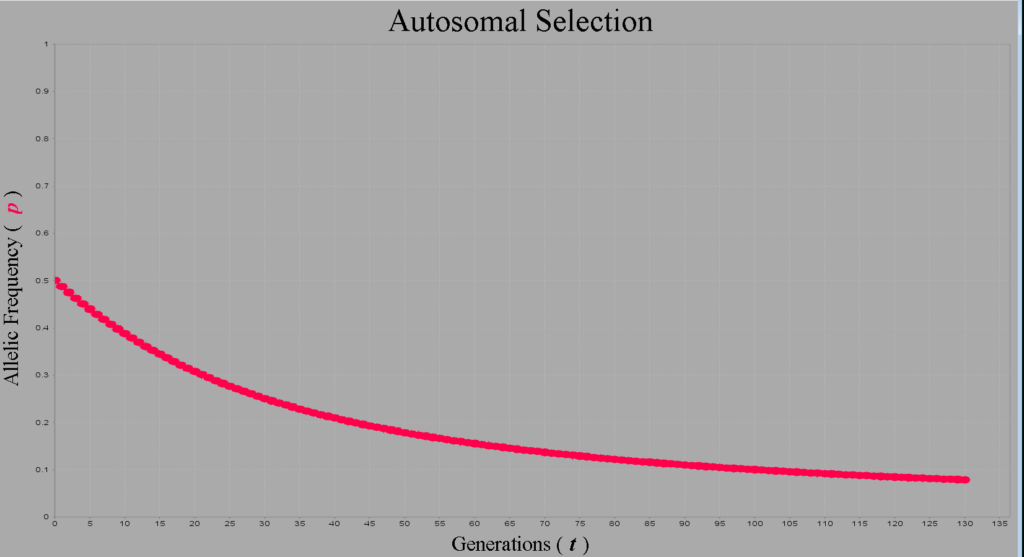
Fig 2- Natural Selection Simulation
If, on the other hand, we simulate one of the alleles as favorable for survival and reproduction. Then the trait defined by that allele will become more common over the generations. And the larger the population, the more generations are needed to show significant differences.
It’s worth noting that this happens in all cases no matter how many simulations are made, this is due to the fact that if certain genes are favorable they will always be favorable, this is a huge difference compared to genetic drift.
Genetic Drift
Going deeper into evolutionary processes. Genetic drift represents a variation in the frequency of an allele, or of several in a population, caused randomly. Here it’s important to note the difference that genetic drift has with natural selection. While in natural selection a favorable allele would be passed onto future generations, and therefore, as the generations go by, it would become more common in the population. In genetic drift this process doesn’t exist, in other words, genetic drift is completely random. It still has its impact, especially in smaller populations.
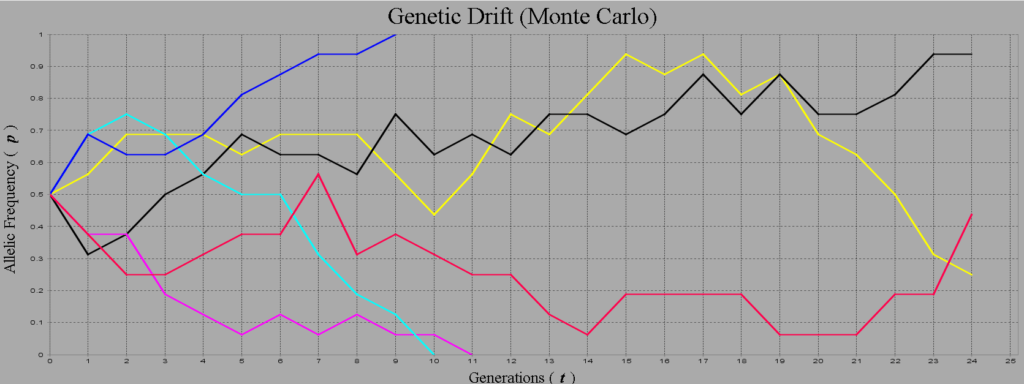
Fig. 3- Effect of Genetic Drift In a Small Population.
Following on from this, we can analyze the randomness of genetic drift. Although all these alleles started out with the same presence, some of them extinguished within 10 generations. While others became fixed (blue color), considering a small population of only 8 individuals. We can analyze well the randomness of genetic drift in this case, despite the equal initial frequency. The randomness is such that it is impossible to predict the genetic frequency of a certain allele in the next generation. Although the more present the allele is initially, the greater the chances of it having a high frequency, the opposite also being true. There are cases like the yellow line, where in a few generations the frequency drops from 85% to 25%.

Fig. 4- Effect of Genetic Drift In a Bigger Population.
Using an initial population of 10,000 we can see that it now takes many more generations for genetic drift to eliminate or fix certain alleles. This evolutionary process is extremely important, as the elimination of certain alleles through a random source can unexpectedly reduce the genetic variability of the population.
Effect of Both Natural Selection And Genetic Drift

Fig. 5- Effect of both Genetic Drift and Natural Selection on a Big Population
If we put both forces together, we can get a glimpse of how these evolutionary processes influence populations. In this case, one of the alleles is favorable in the present environment, while the other is not. So the tendency is for one of them to become rarer and rarer. For a large population, genetic drift has little effect, natural selection will have much more “power” to indicate which allele is more common.
The same cannot be said to smaller populations…

Fig. 6- Effect of both Genetic Drift and Natural Selection on a Smaller Population
In this case, although the allele represented in the graph was unfavorable, it was still present in more than 90% of the organisms in this population at some point in time. This is because the volatility brought by genetic drift has a huge impact on smaller populations. Sometimes even being more influential than natural selection itself.
Mutation
Now let’s move on to one of the most infamous evolutionary processes. Mutations are any change in the DNA sequence of a cell. If these changes are in gametes they can be passed on to subsequent generations.
The mutation rate changes from species to species. But in humans, for example, it is 10-10 base pairs per cell generation. This means that the mutation rate is minimal, which means that it does have a minor impact on allele frequencies.
The most important thing about mutations is that they create genetic variability. This makes the population as a whole more protected, because by having greater genetic variability, some individuals will be better suited to different environments. Remember that not all mutations represent negative characteristics.
Migration/Gene Flow
Migration, also known as gene flow, has a huge impact on the genetic structure of a population. Logically, migration means the transition of individuals from one population to another. In this way, it is possible to introduce new genetic variants into environments and populations that did not exist before, thus, providing a large source of genetic variability for the population to draw on. This in turn can bring genes into a population, and these genes can be better for a certain environment.
Old Theories About Evolution
For years and years, humans were fascinated by the species they encountered around the world. Species they never saw before, and others, similar to species they saw, but with different characteristics that somehow made them better suited to the environment.
For many years, the answer to these mysteries was pursued, and so theories were formulated with the wisdom that people had at the time.
Catastrophism
Starting with catastrophism. George Cuvier proposed that the Earth’s geological features and mass extinctions were caused by natural catastrophes. Looking only at the mass extinctions, we might even think that yes, natural catastrophes are very important for evolution. When species that dominate certain niches are eliminated by external factors, that niche opens up to be explored. Without pressure from predators, this unoccupied niche allows the rapid and diverse development of several species. In fact catastrophes are events that happen, and that are determinant for evolution, but they are not the only ones.
However, it was difficult to explain how these events could occur so frequently to explain the various geological characteristics of Earth. This theory also has problems explaining the gradual changes that fossils show. This theory, over the years, was discarded for better hypotheses.
Inheritance of Acquired Characteristics
One of the most famous theories in the field of evolution, second only to Darwinism. Jean Baptiste-Lamark reformed this theory. Lamark’s thought that, through use and desuse, an organism can pass on to its physical characteristics that were obtained during its life cycle. Remember that this theory has had many origins and evolutions among them, dating back 2000 years. Lamark was not the first to mention it.
Lamark liked to use as an illustration for his theory the example of giraffes. In which he believed that there were giraffes with the same height, but that due to the use of their neck, this would be extended to reach larger leaves, then this characteristic would be passed onto the offspring. In the same way he used as an example the blacksmith. Through his work he would get stronger muscles, and then his offspring would have a similar development. This theory became obselete when new discoveries where made.
Problems With Lamark’s Theory
Lamark’s theory always had difficulties explaining the inheritance of certain characteristics. After the discovery and development of genetics, this theory began to fall in popularity. As we now know that inheritance happens in germ cells, not somatic cells. Next, he also thought that species did not evolve from a common ancestor. He believed in separate lineages between species. Today we know that this is not true at all. Transitional fossils represent a direct link between today’s species and their ancestors. The anatomy of the arm bones for example, similar in immense species of vertebrate animals, is another strong indicator that there is common ancestry between species, taking away Lamark’s initial theory.
There’s more to come on Lamark’s theory these days, but I’ll keep it simple here for now.
There are much more theories as you can see below.
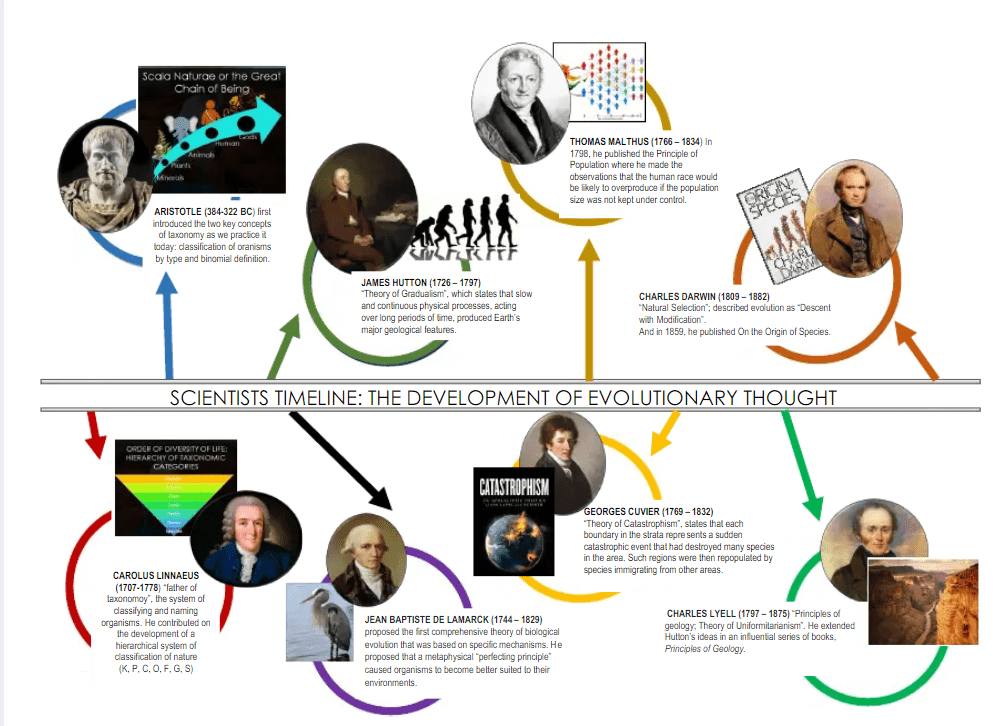
Fig. 7- History Of Evolution Thought (Source: Scribd By Dieanne Mae
Evidence Of Evolution
To support all the discoveries made by Darwin, several areas of biology developed. After key discoveries, over the following decades, we were able to have strong evidence for certain parts of evolution.
Fossils
Fossils, such as transitional fossils, show characteristics of two lineages that are now distinct. Such as Archaeopteryx, which had feathers like birds, but had teeth, unlike today’s birds, is a strong evidence of evolution and common ancestry between species.
Genetics
The discovery of genetics was a huge boost to Darwin’s theory of common ancestry. Because if we had the DNA sequences of certain animals and compared them with certain species today, we would be able to see their similarity. This indicates a strong indicator of ancestry between those species.
Anatomy
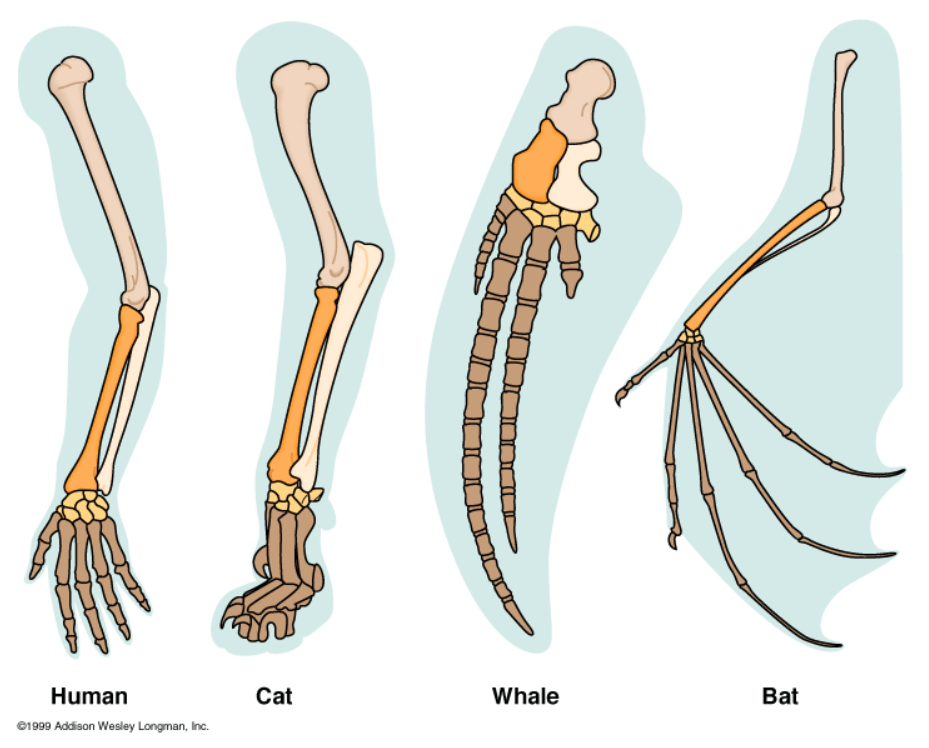
Fig. 8- Similarities Between Anatomical Structures Of Different Mammals
There are immense similarities in the structure of the bones. The bones are the same in the 4 represented species, although there are differences in size, especially in marine mammals. The ulna (the bone that goes from the elbow to the hand), the radius (the other bone that goes from the elbow to the hand, of thicker size) and finally the humerus (the bone that goes from the shoulder to the elbow). Many mammal species have these characteristics, although they differ due to their environment.
This is a strong indication of divergent evolution. Where different species diverged from the same common ancestor and live in different ecosystems, but maintain characteristics that link them through ancestry. Another point to Darwin.
Common Question
Normally, when we read articles and watch videos on the internet, you hear phrases like “The organism has adapted and developed a mechanism to combat X problem”. Although it’s nice to hear, these phrases can cause some confusion. What I want to explain here is that it’s not the organisms that decide and adapt, evolution driven by natural selection can’t be affected by anything other than nature itself. On other words, evolution is selective, not random, but is driven by outisde factors only.
Individuals don’t choose to adapt, there are simply, initially, individuals with different genetics, some characteristics are more favorable to the environment than others. If there are 2 phenotypes (visible characteristics) of lizards, some darker and others lighter. If for some reason the terrain gets darker, the lizards that have the darker phenotype have a selective advantage, because they have better camouflage in their environment. This will make them more likely to survive, making a certain genetic trait more common over the generations. Finally, evolution is something that affects populations over generations, not individuals.
Thank you for reading. If you’re curious and want to learn more, go to the “articles” section. Every week there are new articles published and new curiosities, stay tuned! Subscribing to our Newsletter will notify you when a new article drops.
Footnotes
All Evolution Articles
Here you can check all our articles related to evolution. Everything! Enjoy!
All Topics
